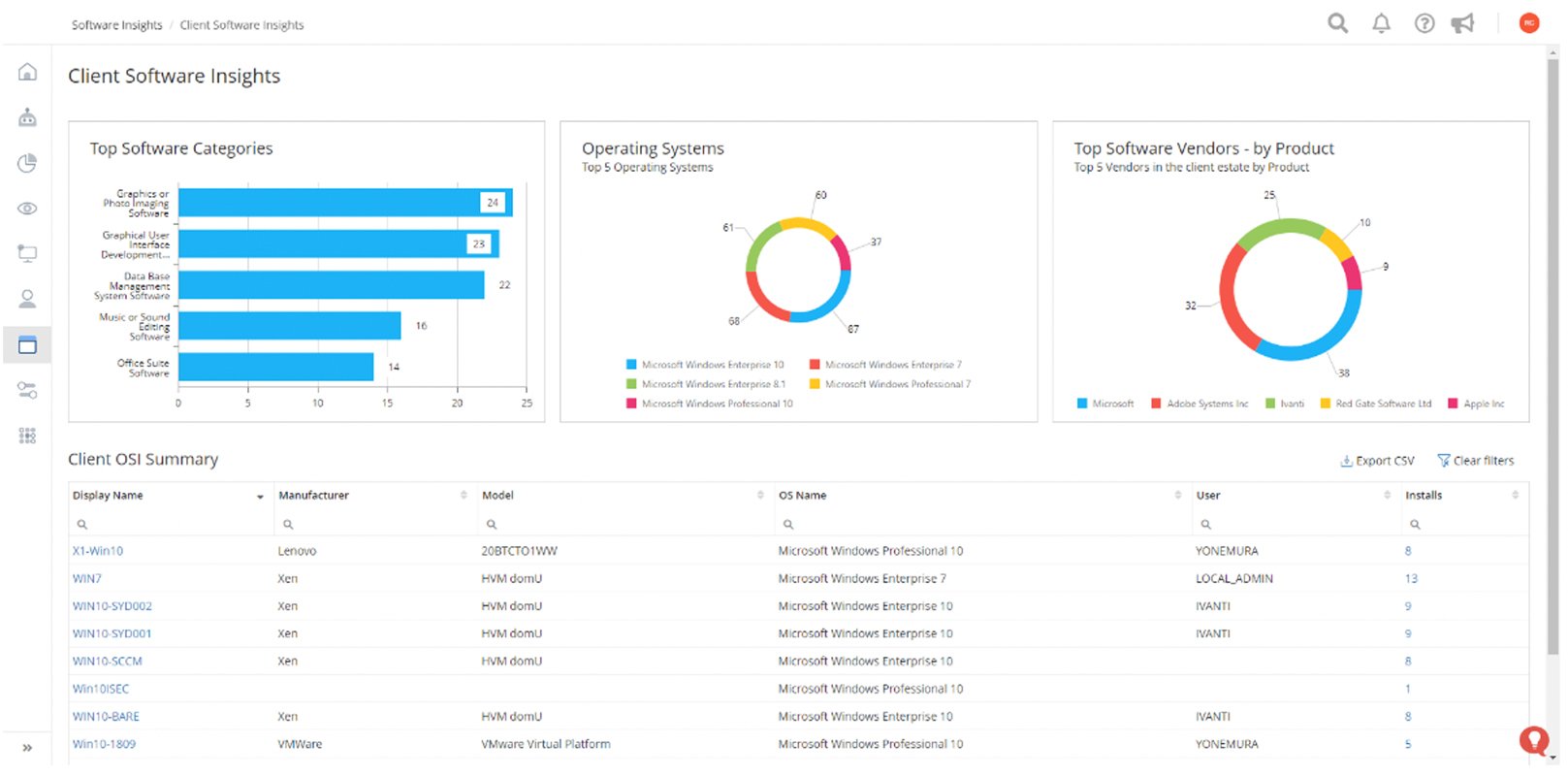

- #UNCOVERIT 2 SOFTWARE HOW TO#
- #UNCOVERIT 2 SOFTWARE FULL#
- #UNCOVERIT 2 SOFTWARE SOFTWARE#
- #UNCOVERIT 2 SOFTWARE SERIES#
- #UNCOVERIT 2 SOFTWARE FREE#
#UNCOVERIT 2 SOFTWARE SOFTWARE#
Survey software or other tools (such as random number generators) are often used to ensure the sample is randomly selected. For example, if you wanted a sample that would represent an entire country, you’d most likely use probability sampling. It’s also used when you want to generate a representative sample of a whole population. Random sampling is a method of probability sampling that ensures every member of a larger population has an equal probability of being selected for the study. Here are a few other sampling methods you could consider: Random sampling While representative sampling is one way to conduct a survey, there are other sampling methods you can use (without surveying every single member of a population) while still matching the characteristics of a smaller group with a larger one. Learn More: What is non-probability sampling? Everything you need to know How does it compare to other sampling methods? For example, six age brackets (16-24 and 24-35), two gender breakdowns, and typically 15 regions (potentially fewer in the UK) to create a representative sample of the country.
#UNCOVERIT 2 SOFTWARE SERIES#
Within this large group, there will be a series of subsets. In both instances, each sample size needs to be around 1,500 or 2,000 to accurately reflect the entire population. One example of a non-probability sample is a quota sample, which is often used when trying to find a representative sample for an entire population like the US or UK. However, as you’re selecting the sample, this can result in bias in some surveys as you’re aware of each participant’s characteristics.Īs well as increasing bias, non-probability sampling involves more admin as the participants have to be selected. Non-probability sampling involves selecting your sample, rather than leaving it to chance.

#UNCOVERIT 2 SOFTWARE HOW TO#
Learn More: Probability sampling: What it is and how to use it Non-probability sampling In this process, every member of the population has an equal chance to be chosen for the sample.ĭepending on the size of the larger population, it’s possible to inadvertently over-sample one portion of it. Probability sampling is when you select a smaller group from a larger population using a randomized process. Now, there are two types of sampling you can use for a representative sample. For instance, the right gender distribution and/or ages to ensure you represent the larger sample.
#UNCOVERIT 2 SOFTWARE FULL#
It’s also important that your sample has the same properties as the full population. This way, you can remove the highest earners (or high-income families) from your study, ensuring you get an accurate and representative sample of your target audience. However, the size of the group isn’t the only thing to consider when building a representative sample.įor example, if you were running a study on how the global financial crisis affected middle and low-income families, you might want to determine the socioeconomic status of your sample.

Representative sampling methodsĬreating a representative sample is relatively straightforward, but there are a few things to consider - one being the size of populations or groups you want to study, and how this will determine the size of the sample group to accurately reflect the views of the larger group. And if done properly, the results are just as accurate as a large-scale survey. It’s known as a representative sample because the answers obtained from it accurately reflect the results you would achieve by interviewing the entire population.įor example, in a warehouse with a sample of 1,000 people split equally into 500 males and 500 females, a smaller group of 100 males and 100 females could generate a representative sample of the larger group.Īs they’re easy to conduct and cost-effective, representative samples are widely used to collect data across all different kinds of research.
#UNCOVERIT 2 SOFTWARE FREE#
In this guide, we’ll introduce you to representative sampling, including what it is, the different types of representative samples you can use, why representative samples are important for market research and finally, how to build a representative sample for your study.ĭetermine the perfect sample size with our free guide What is a representative sample?Ī representative sample is a sample from a larger group that accurately represents the characteristics of a larger population.

This smaller sample is known as a representative sample. The answer is to survey a small group of that population in a way that generates a representative set of results that mirrors a larger sample size. That said, you still need to get survey results that accurately represent the views, opinions, or behaviors of that larger population. In market research, it’s not practical nor affordable to interview or survey everyone in your target population.


 0 kommentar(er)
0 kommentar(er)
